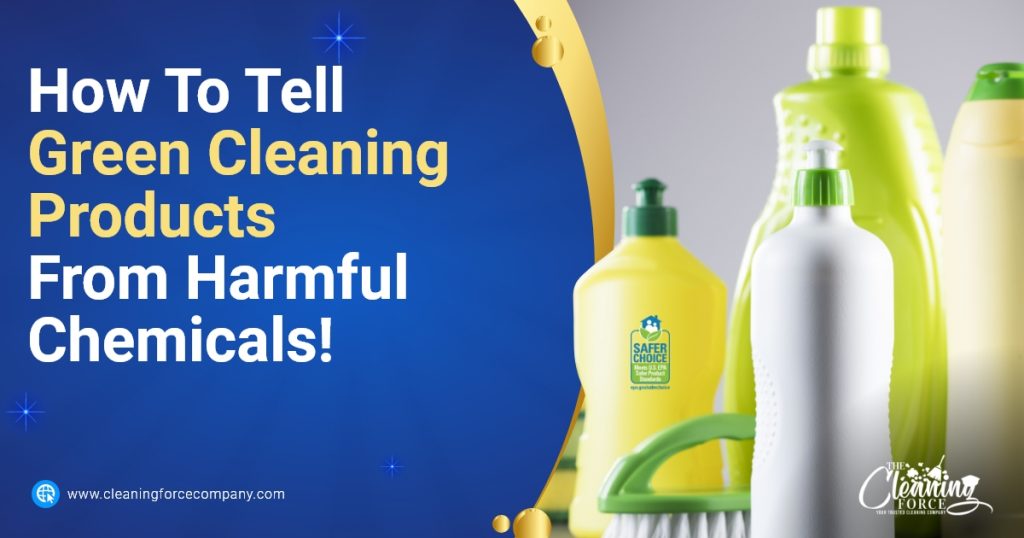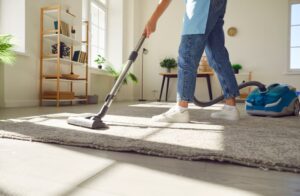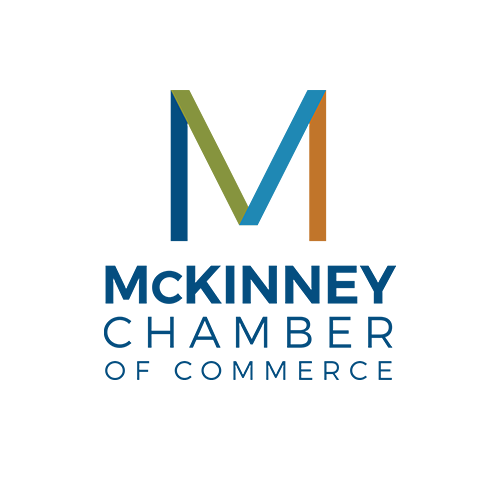Are you aware of what’s lurking in your cleaning storage? It’s essential to ensure that harmful chemicals don’t find their way into your home. You might have heard about the potential dangers associated with harsh chemical compounds in cleaning products.
But is it something to be genuinely concerned about, or just a minor issue? Well, the truth is, not every homeowner takes a moment to consider how these products can harm both the environment and their own well-being.
That’s where the importance of choosing green cleaning products comes in. It’s not just about safeguarding the environment; it’s also about ensuring the safety of your household. So, if you’re seeking a natural, healthier alternative for sparkling clean homes, let’s explore how you can distinguish between harmful chemicals and eco-friendly options.
How cleaning products damage the environment
It is not an understatement that cleaning products damage the environment. However, not all cleaning products are the same, and not every product hurts the environment in the same way.
Most environmental hazards in cleaning products come from volatile organic compounds (VOCs) like ammonia. VOCs are quickly emitted as gases or may end up down the drain. Some VOCs are toxic, while others hurt the environment in different ways.
Are VOCs dangerous for people?
Some VOCs may cause headaches, respiratory issues, and other health conditions. However, as mentioned above, every compound works in its own way. For example, phosphates are not an immediate threat to your health, but they can damage wildlife by accelerating algae growth!
And what about the package?
The environmental impact of cleaning products goes beyond the chemical compounds in the cleaner itself.
The most straightforward example is the packaging. Nowadays, everybody knows that plastic represents a challenge for the environment. While some products come in an eco-friendlier container, many products still come in plastic packages.
Then, what’s a green cleaner?
When people speak about green cleaners, they mainly refer to products that use fewer VOCs. Green cleaning products lower the possibility of harmful VOCs ending up in lakes, rivers, the air, and inside your home!
How to choose green cleaners
After learning about the environmental (and health) impact of cleaning products, it’s only natural to look for the best options around! What cleaning products are safe for the environment? Some cleaners are considered greener than others, and it’s essential that you learn to identify them!
Follow these tips!
Tip #1. Read the label
Always scan the label for critical information to decide if a product is safe. Identifying and knowing about all the possible VOCs in cleaning products may seem impossible. However, fewer unreadable ingredients usually mean fewer dangerous VOCs!
Tip #2. Trust only on specific claims
Any brand can claim to have a “green” or “natural” product, even if it’s not true! Using broad terms to imply that a product has a less environmental impact is known as “greenwashing.” However, you can learn important facts by looking at specific claims.
For example: “100% recycled plastic” or “phosphate-free” are specific and easy-to-check claims.
Tip # 3. Look for green certifications
While specific claims from a brand can give you valuable information, you can learn more from third-party certifications. EPA’s Safer Choice or Design for the Environment programs let you know if the cleaner or a disinfectant meets their requirements!
The Cleaning Force: eco-friendly cleaning services in McKinney
If you need help with your chores, The Cleaning Force is here for you. We only use products safe for the environment and your household—including your pets! No paper towels, no harsh chemicals. Learn more about our residential cleaning services here!






